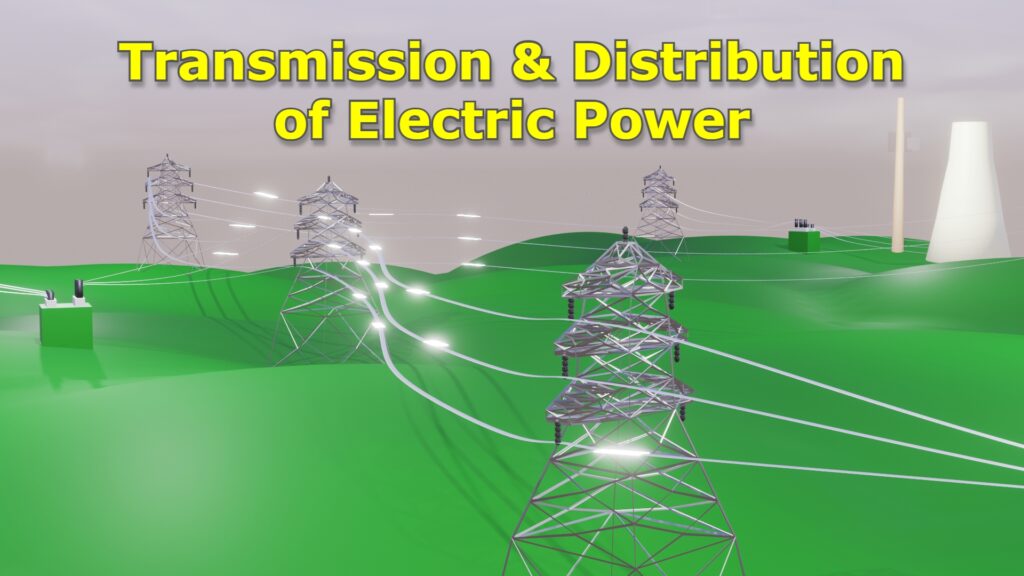
How this electricity is brought to our homes?
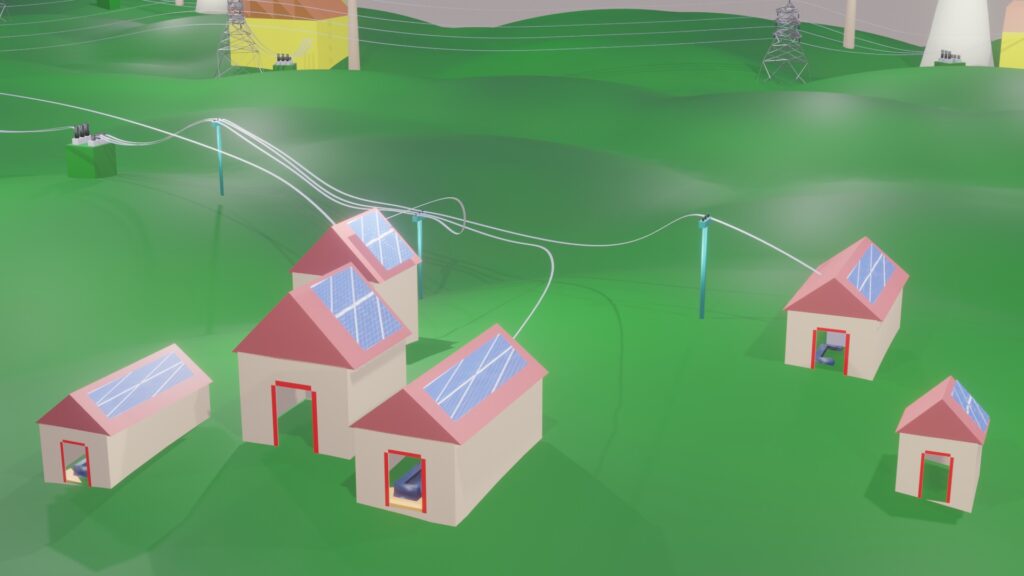
Electricity is produced using electricity generators. These generators convert mechanical power such as hydro power, steam power, etc. into electricity. These generators produce electricity at 11 kV level.
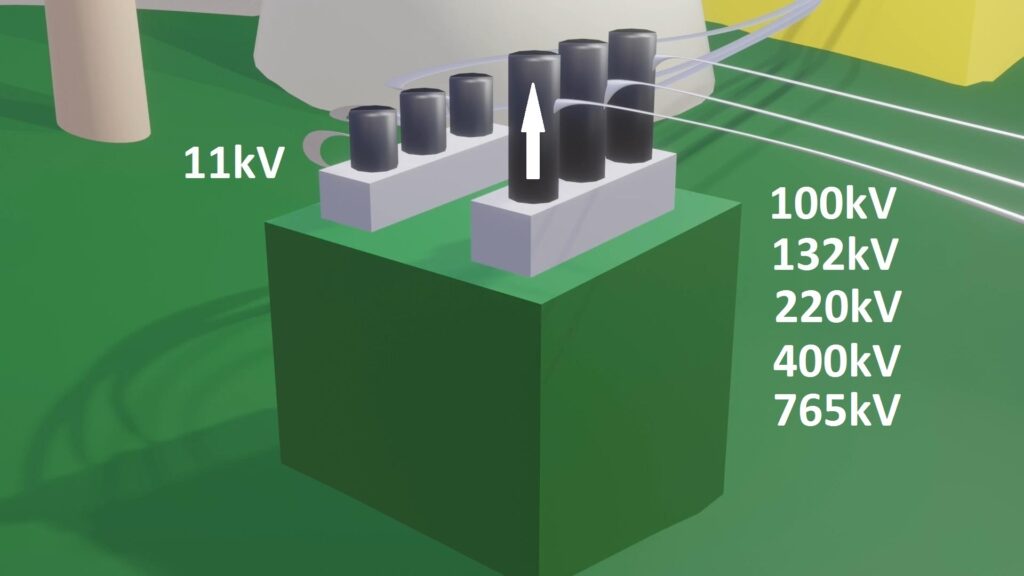
This 11kV level is stepped up to 100kV, 132kV, 220kV, 400kV, and 765kV using Power Transformers installed at Substations. Then this extra high voltage level electricity is transmitted over long distances using long conductors supported by huge towers called as power transmission system.
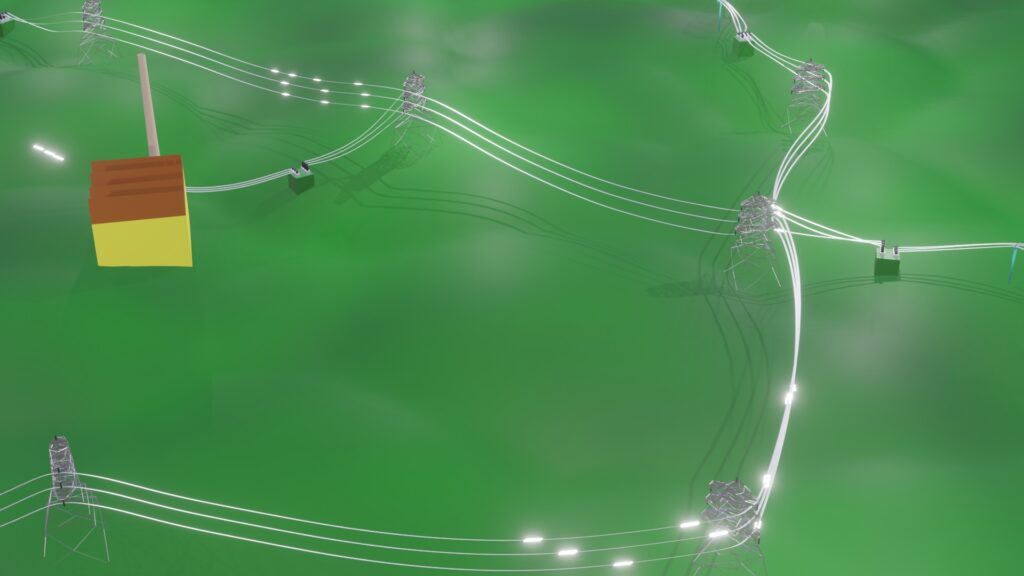
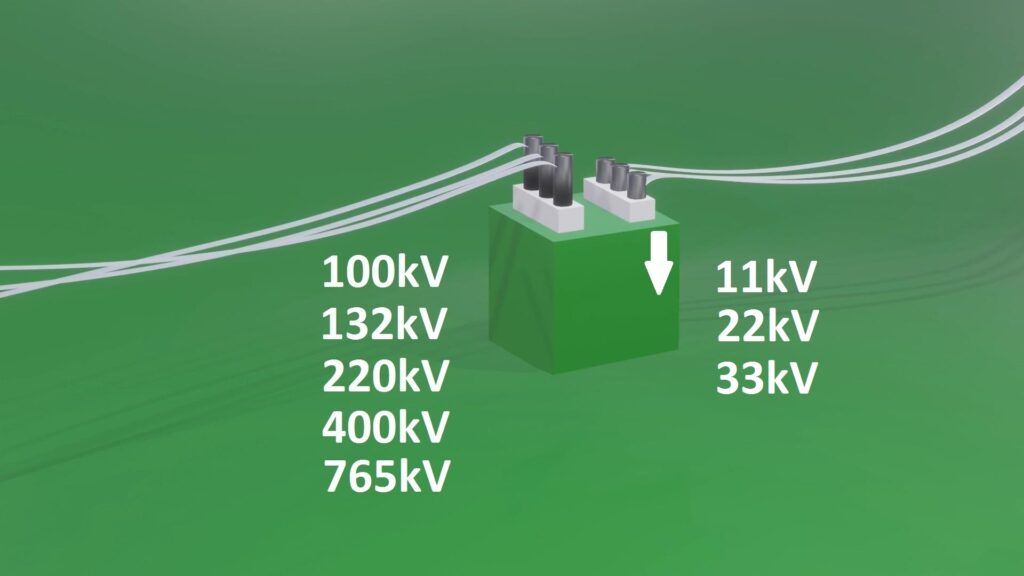
Now, at consumer regions, this extra high voltage 100kV, 132kV, 220kV, 400kV, and 765kV is stepped down to 11kV, 22kV & 33kV using power transformers at substations. This stepped-down power is brought near the consumer areas. At consumer ends this 11kV, 22kV, and 33kV level is again stepped down to 440 volts using distribution transformers.
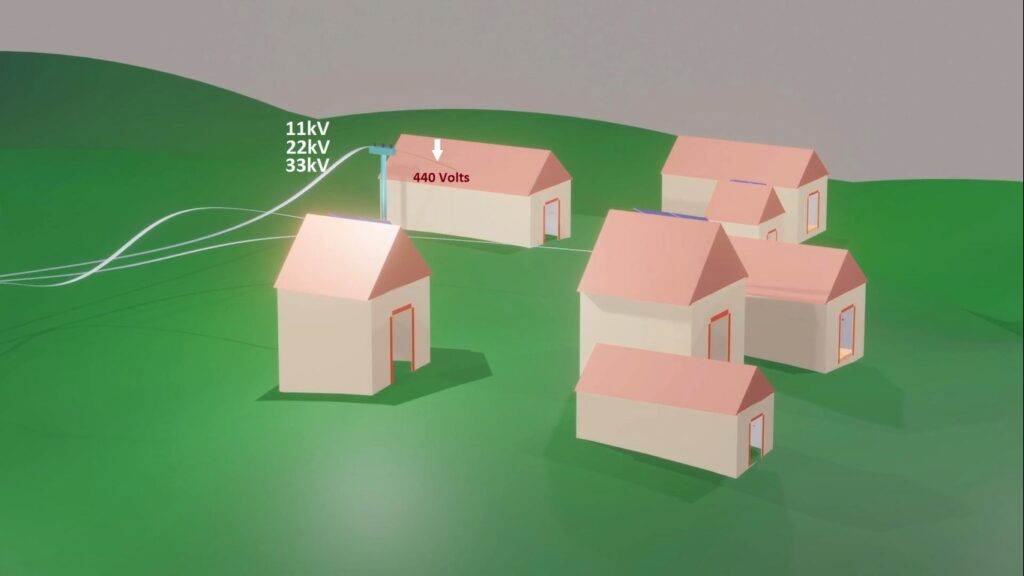
And finally, this 440 volts three-phase power is distributed to homes in a single-phase format of which the voltage is 230 volts. This 230 volts of power is used in our homes.
In brief, electricity is generated at the 11kV level. Then it is stepped up to 100kV, 132kV, 220kV, 400kV, and 765kV levels, and then transmitted over long distances. At the consumer end electricity is again stepped down to 11kV, 22kV, and 33kV levels. Further, it is stepped down to a three-phase 440 volts, which is 230 volts single-phase. And electricity is used by consumers at these voltage levels.
Since we generate electricity at 11kV level. Why can’t we just transmit the electricity at this same 11kV voltage level over long distances? And then step it down to desired 440 volts level at the consumer end. It would be relatively easy. Right?
Why do we first Step-up & then Step-down Electricity Voltage levels?
Let’s consider that electricity generated at the generation plant is to be transmitted & distributed to the consumers.
The length of this transmission line to be 1 km,
& its total resistance R = 1 ohm
Let’s assume the power factor pf = 1